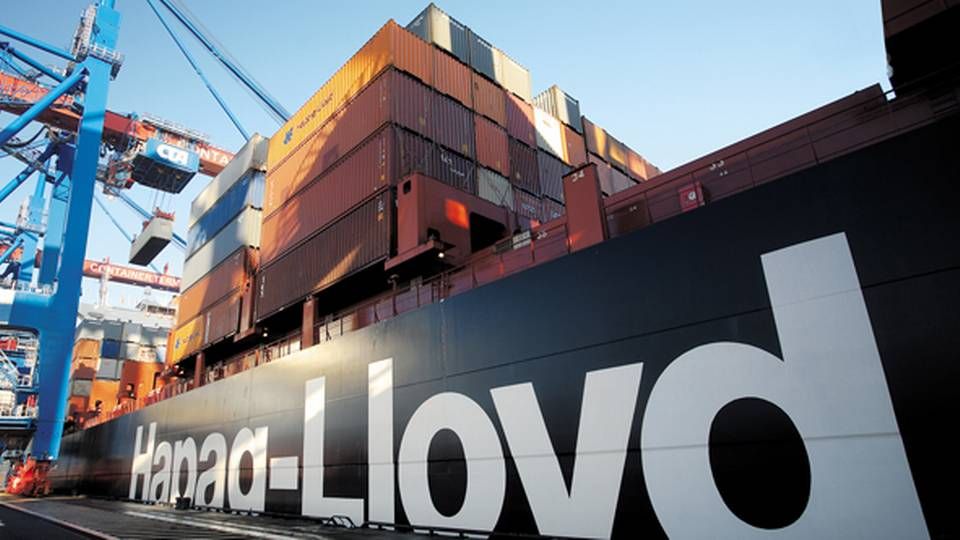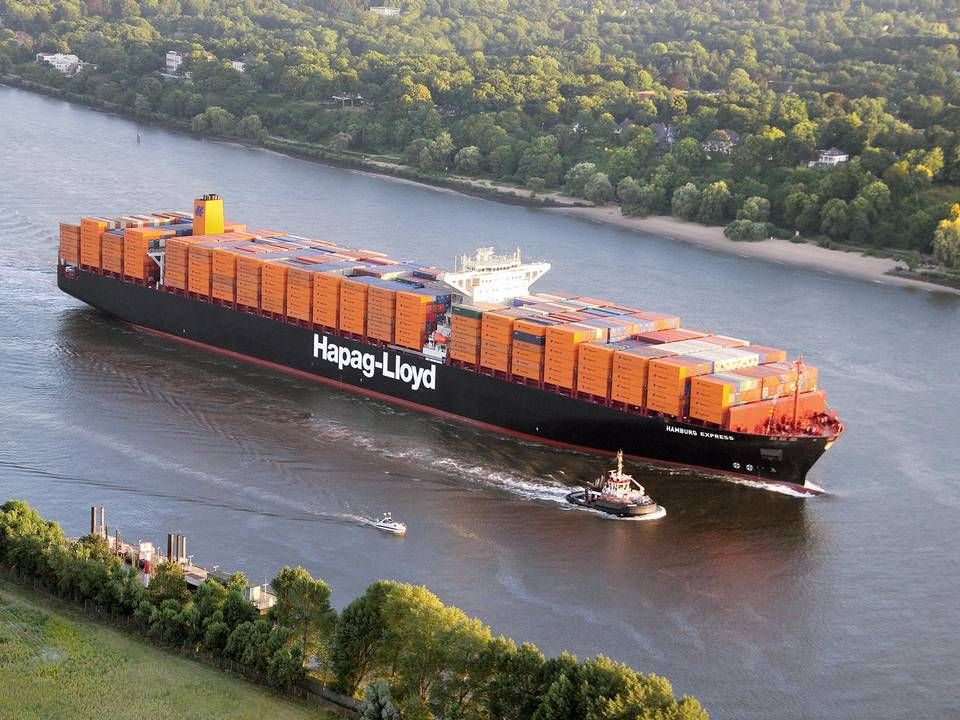SeaIntel Consulting: Hapag-Lloyd faces huge challenge

HAMBURG/COPENHAGEN
There is cause for concern for CEO Rolf Habben Jansen (photo) and the rest of the executive management team at Hapag-Lloyd's headquarters in Hamburg following the presentation of a 2014 annual report Friday morning, which showed a net deficit of USD 656 million and an operating deficit of USD 123 million. And CEO Habben Jansen does confirm to ShippingWatch that the result is far from sufficient.
Even though, the net loss can mainly be explained by the takeover of container activities in South American CSAV, and an impairment on older vessels in the fleet, there are other numbers in the report that should give cause for concern, says Lars Jensen, partner at the analyst agency SeaIntel Consulting.
Problems with costs
"If for a short moment we forget the fact that Hapag-Lloyd chose to include CSAV from the first of December 2014, which makes for a skewed comparison, then what immediately strikes me the most, is that transport costs per teu have fallen by 2.3 percent, while Hapag-Lloyd also reports that their freight rate has dropped by 3.2 percent. In addition, the bunker prices have, according to the annual report, fallen by 6.2 percent, so it seems clear that the company faces a big challenge in regards to optimizing internal operations and procedures," says Lars Jensen to ShippingWatch in a comment to Hapag-Lloyd's annual report Friday morning:
"It doesn't look good and its not a good sign that costs per teu are not falling at the same level as the freight rates. Carriers such as Maersk Line and CMA CGM are making sure to keep cost reduction one step ahead of the decline in freight rates, but this certainly has not been been done successfully at Hapag-Lloyd in this merger."

CEO Rolf Habben Jansen does not disagree with Lars Jensen's criticisms:
"I think it's true. One of our challenges in 2014 was that we were unable to reduce our unit costs quickly enough. We will take a big step in this regard this year, and unit costs this year will decline faster than the freight rates. I think it's fair to say that we should have done better in this area," he tells ShippingWatch in a comment on the presentation of the carrier's 2014 annual report at its headquarters in Hamburg.
The achieved synergies in relation to the takeover of CSAV are estimated to USD 300 million in savings, when the integration is complete.
CEO of Hapag-Lloyd, Rolf Habben Jansen, naturally considers 2014 as extremely disappointing, but he also expresses hope for a significantly better result this year.
Better prospects
Even though 2014 was a disappointing year for Hapag-Lloyd, Rolf Habben Jansen is optimistic about the coming year, where in particular the synergies from the merger with CSAV are expected to impact the business with USD 300 million in savings, while an internal program in the organization will also have a positive impact on the result. Habben Jansen declines to guess at whether Hapag-Lloyd will be able to deliver a positive result for 2015, though he stresses that the carrier will have left the negative spiral by 2016.
"We aim to achieved a profitable bottom line by 2016. That's the plan. There are several key factors, one is to secure the synergies from the merger with Hapag-Lloyd, which will be around USD 300 million. And there's the internal optimization program, Octav, which will produce a triple-digit million USD figure, and in addition to this we'll also be seeing a certain volume growth. Octav will result in at least USD 100 million this year and even more next year," he tells ShippingWatch.
The carrier expects a positive operating result for 2015 and aims to grow its operating margin (EBITDA) on the long term to 10-12 percent.
Doubts about benefits of merger
Analyst estimates concerning Hapag-Lloyd's merger with CSAV have been met criticism from several fronts during the process after the likely obvious merger between Hapag-Lloyd and Hamburg Süd collapsed.
The major carrier might be set to achieve increased global coverage as well as economies of scale. But analyst agency Alphaliner, for instance, has cast doubts on the actual scope of these advantages:
"CSAV's container shipping business was valued at EUR 1,216 million by Hapag-Lloyd, consisting mainly of intangible assets and goodwill elements. Net assets acquired were booked at EUR 439 million, but fair value adjustments for the diminished value of CSAV’s vessel fleet and unfavorable vessel charter and container leasing contracts would completely wipe out the value of the tangible assets acquired."
In addition to this uncertainty, another element in play concerns the fact that CSAV has not made a profit in years. In fact, the carrier has failed to achieve a black bottom line in six of the past seven years. Combining the several years of negative results, this corresponds to CSAV having suffered a USD 2.4 billion deficit since 2008.
Hapag-Lloyd in USD 656 million deficit for 2014
CSAV provides new CFO for Hapag-Lloyd
Related articles
Hapag-Lloyd in USD 656 million deficit for 2014
For subscribers
Moody´s ready to lift Hapag-Lloyd rating after merger
For subscribers




















